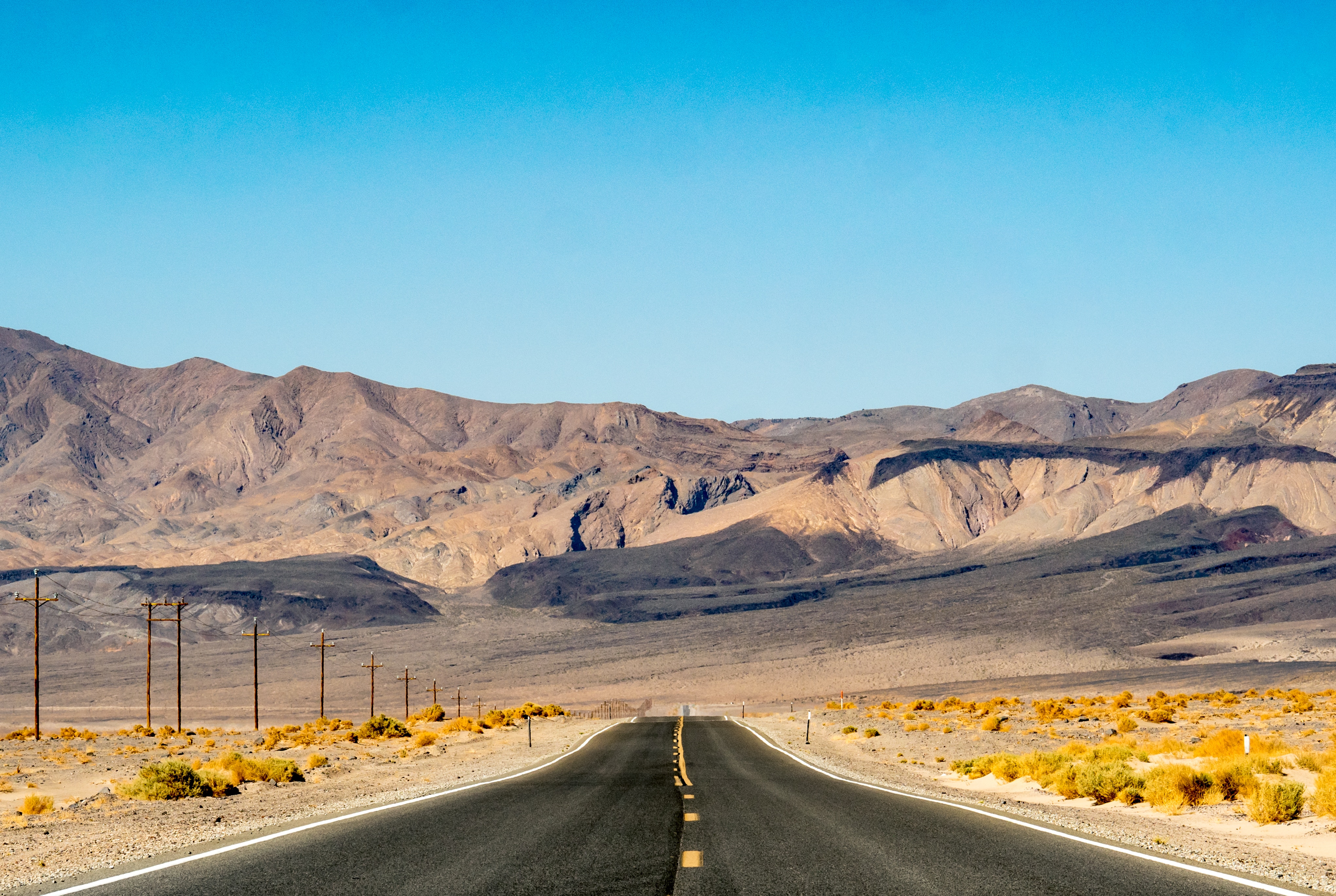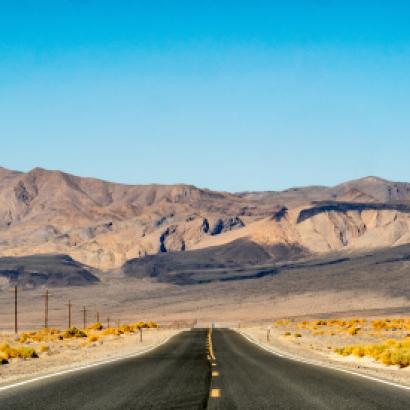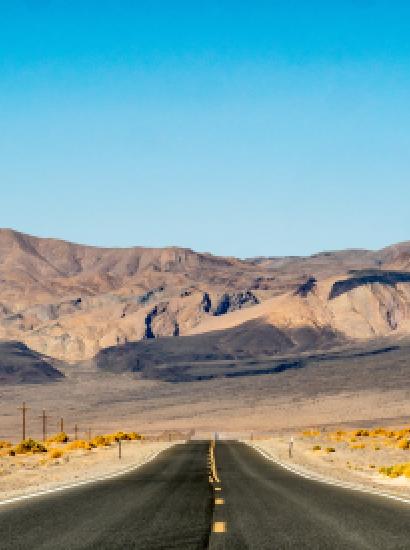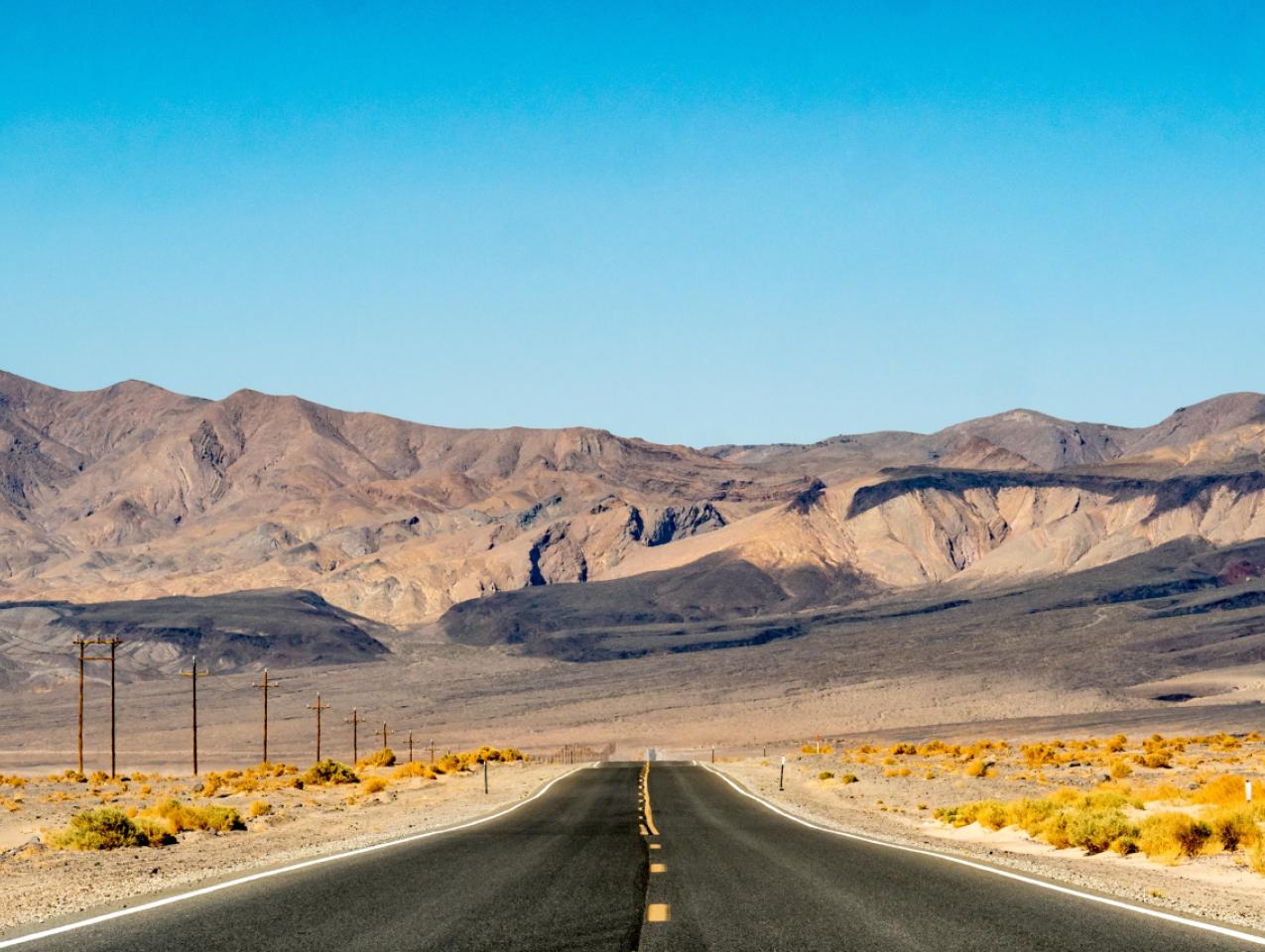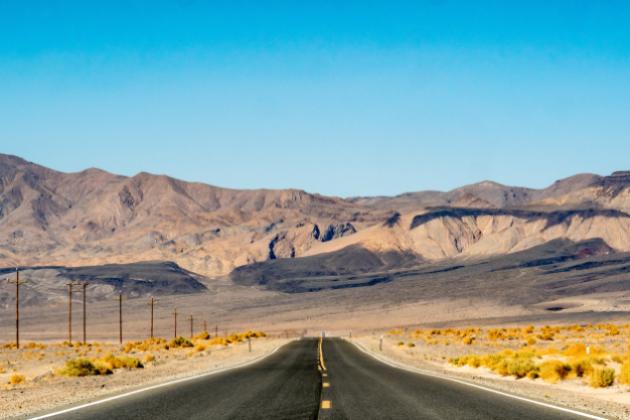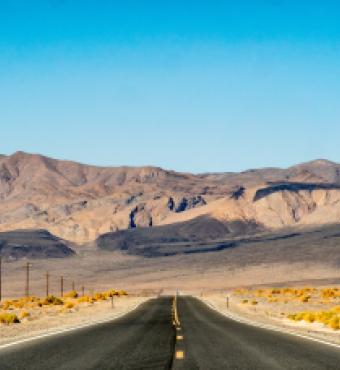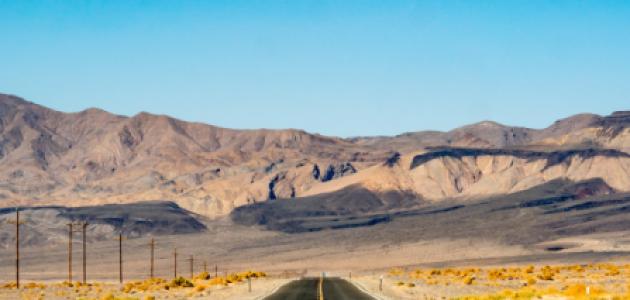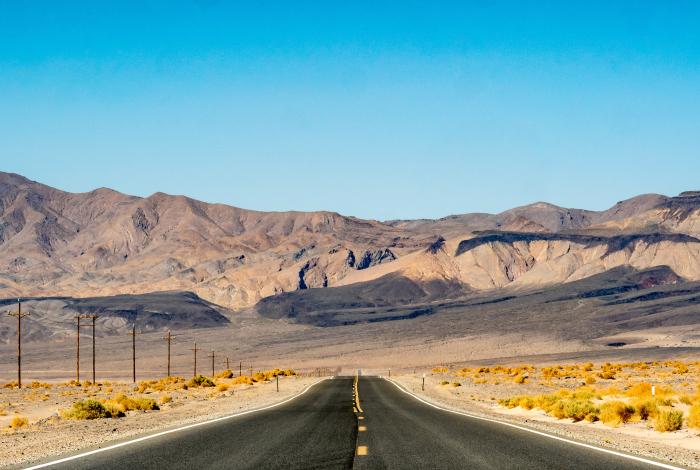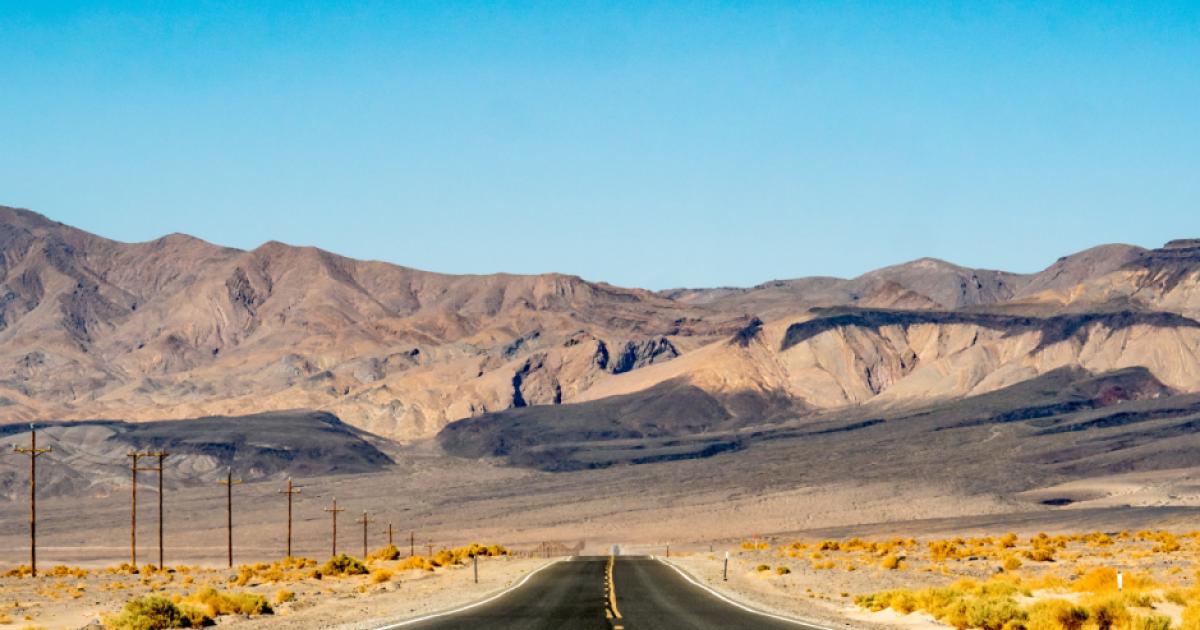- Politics, Institutions, and Public Opinion
- Campaigns & Elections
- State & Local
- California
The map tells us that California’s lowest point is Death Valley’s Badwater Basin, some 282 feet below sea level.
And the state’s political low point?
That would be the Mission District of San Francisco, home to a public-radio station that earlier this week hosted the Golden State’s one and only gubernatorial debate this fall.
This is not meant as a slight against KQED, the host of that debate, or the city in which it broadcasts. Rather, it’s about the process that led us to this nadir.
California’s lone gubernatorial debate transpired on a Monday morning—an odd day on California’s PC calendar. Columbus Day is celebrated as “Indigenous Peoples’ Day” in Berkeley, Los Angeles, San Francisco, and San Luis Obispo. (Legislation to rename the holiday statewide crashed and burned in Sacramento earlier this year.)
There was no televised debate coverage. Listening was restricted to a few radio stations, Internet streaming, and a downloadable app.
California’s U.S. Senate race is no better. There will be only one candidates’ debate — at noon, next Wednesday, in San Francisco. It’ll be live-streamed online.
How lacking was Monday’s gubernatorial encounter? Clearly, there was too little time to adequately cover the many facets of a nation-state beset with a nation’s worth of challenges.
Yes, the candidates discussed their differences on California’s housing crisis (Lieutenant Governor Gavin Newsom, a Democrat, wants a grand Sacramento strategy; Republican John Cox, a businessman, wants to attack over-regulation). And they danced around each other on President Trump, gun control, and border security.
Public education, however, wasn’t discussed (in California, K–12 and higher-ed spending accounts for $72 billion of the state’s $138.7 billion in outlays). Nor were water policy or public pensions put under the microscope. Likewise, health care went largely unexamined.
And neither, for that matter, the elephant in the room in this particular contest: the notion that “if it ain’t broke, don’t fix it.”
For the first time in modern California history, a Democrat will likely succeed a sitting Democratic governor.
But not the same kind of Democrat.
If elected, Newsom has pledged to take California on a more progressive course than Jerry Brown, who’s burnished a reputation as a governor not necessarily in lockstep with an ambitious Democratic legislature (Newsom’s a proponent of universal pre-K, expanded job-training, and implementing single-payer care—collectively, expensive propositions).
As such, time should have been reserved for a debate between Newsom, Republican John Cox . . . and Brown. But that angle wasn’t explored.
The most distressing aspect of Monday’s debate, other than the wealth of uncovered topics?
That this isn’t business as usual for open-seat gubernatorial elections in California.
In 2010, the last time the Golden State had a lame-duck governor, Jerry Brown and Republican Meg Whitman debated three times. In 1998, Democrat Gray Davis and Republican Dan Lungren, met four times.
Otherwise, in elections featuring sitting governors, debate-scheduling is decidedly heavy-handed. Brown, for example, debated just once over the course of his 2014 reelection effort—on the same Thursday night as the NFL’s season-opener.
Not that Republican governors are any kinder. In 2006, Arnold Schwarzenegger agreed to one debate—on the first Saturday in October, when most California viewers are tuned in to baseball playoffs and college football. In 1994, my former boss Pete Wilson relegated his opponent to one debate, on an October Friday night, on public television—likewise, a good way to minimize viewership.
Yes, Newsom holds the upper-hand in this contest—polls give him a double-digit lead. But he’s not the only culprit here, even if he did reject debate overtures from San Francisco and Sacramento media outlets. Cox was all-in for a Fox News debate, yet he passed on an October 1 debate moderated by CNN (he reportedly didn’t like the format and moderators).
But there may be an even bigger offender: our collective obsession with the multi-ring circus that is the Trump presidency.
At various times in this election, Newsom has seemed more interested in making the contest a referendum on Californians’ feelings toward the president. Cox, meanwhile, has had to thread the needle between distancing himself from an unpopular president without alienating the Republican base—not as important a storyline as the media make it.
For several elections now, I’ve offered a California debate fix. And I’ll make it once more. Think of it as a jury summons, with the media compelling the candidates to show up for debate duty.
My recommendation: have local newspapers and TV stations plan four debates. One, in Sacramento, would be devoted to taxation and budgeting priorities. A second debate, in the San Francisco Bay Area, would delve into housing and the tech economy. A third debate, in Los Angeles, would focus on transportation, crime, and inclusiveness. The fourth debate, in in the Central Valley, would stick to education, the environment, and land management.
The media would invite both candidates. If one passes (which the trailing candidate would be foolish to do), the show still goes on.
Four debates may be an unrealistic expectation in a California where candidates struggle to meet just once, but it’s better than what voters have been handed in this election – namely, only two debates in the states’s two most important contests. Politically, that’s weak tea.
Asking for something better? There should be no debate on that.







